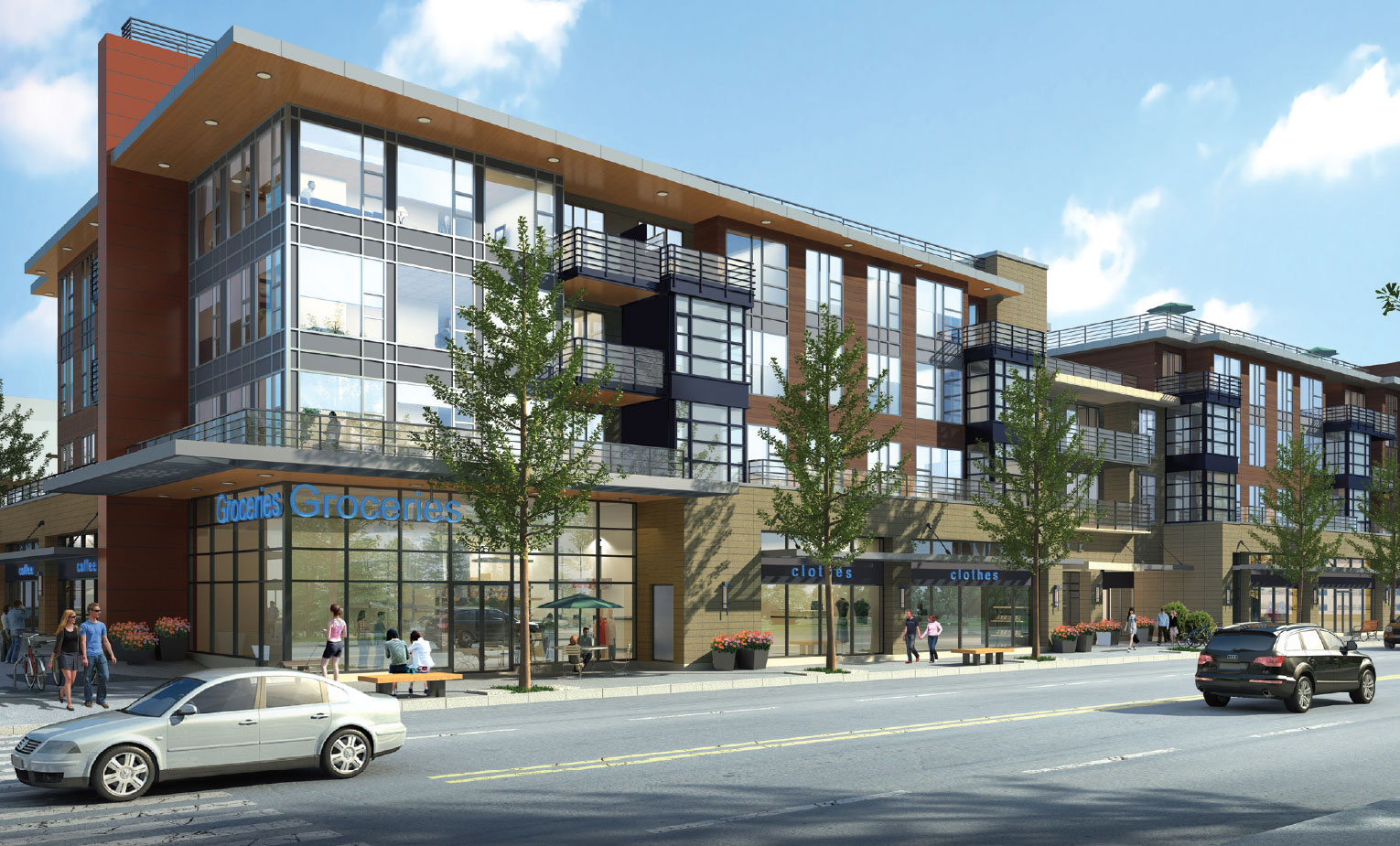Social isolation & housing affordability forcing ‘rethink’ of better-at-home policies
By Mike Klassen
In a recent column, I weighed in on the public health threat posed by social isolation, particularly among seniors living alone. It would be very bold of me to suggest there was a simple solution for the complex challenges of having so many socially isolated seniors.
As our cities and towns evolve, there are, however, measures that help to promote more connectedness — especially among seniors — that the public can get behind.
They involve the dreaded “D” word — we know it as density.

The term “aging in place” has been interpreted by many as living in the same house you grew up in until, in many cases, health, mobility issues or even mortality require you to leave.
Government policy-makers, daunted by the growing costs of an aging society needing more subsidized housing and elder care, have been heavily promoting the idea of staying at home as long as possible.
Where a “home” means detached housing, this approach has had the net effect of limiting the supply of family housing in many communities, which in turn decreases housing affordability.
In the case of neighbourhoods such as those in Vancouver’s southwest corner, it has even led to a surprising decline in population while it rises in surrounding communities.
Vancouver’s own “Age-friendly Action Plan” (2013) notes that nearly one-third of seniors are living alone; more than one-half of those are women, and a substantial number of those people (24 per cent) do not understand the English language.
With conditions like these, it is no wonder that the issue of social isolation — and the profound health impacts that come from it — is escalating in the public consciousness. As a result, some are rethinking the so-called “better-at-home” approach.
An alternative strategy would be to encourage the development of more age-appropriate housing and pairing it with community and culturally appropriate amenities — something that both small and larger cities have been slow to do.
A study published by the Gerontologist Society of America (GSA) argues we have to broaden our meaning of “place” from an individual home to mean a neighbourhood.
“Although most discussions on aging in place focus on home, there is growing recognition… that beyond the home, neighbourhoods and communities are crucial factors in people’s ability to stay put,” the GSA study states.
“Neighbourhoods may have an effect on health and may be an environment to which older people have greater sensitivity due to longevity of residence and changing levels of functioning…. To assist aging in place, consideration needs to be given not only to housing options but also to transportation, recreational opportunities, and amenities that facilitate physical activity, social interaction, cultural engagement, and ongoing education.”
The strong public support for Vancouver city council’s decision last week to rezone the Casa Mia heritage property — which will soon feature care residences for seniors and for those struggling with dementia — reflects a pent-up demand for more age-friendly accommodations in our cities. The partnership with Vancouver Coastal Health will bring some publicly subsidized long-term care to a community that sorely lacks it.
(column continues below…)
Radio interview – Mike Klassen with Jill Bennett on CKNW
Full disclosure: I work for a seniors care advocacy organization, although I have been calling for integrating more age-friendly housing in our city as far back as 2011 when I ran for city council. I spoke in favour of the Casa Mia rezoning.
While city council deserves credit for supporting the imaginative Casa Mia plan, which also extends the life of the heritage home built by George C. Reifel in the 1930s, this decision only scratches the surface in terms of the need for housing options.
As the GSA paper says, “Home is a refuge, but it is as much the background of the home, the familiarity with the places and contacts around it that provide security as any emotional attachment to the home itself.”
In other words, we risk exacerbating the isolation when people are “trapped” in their homes, alone and disconnected from their surroundings and social circle.
Allowing more age-appropriate housing to be built within existing neighbourhoods, with good comprehensive health facilities available nearby, allows seniors to maintain social relationships with friends and family.
That is how we can really promote “aging in place.” Our municipal governments should be pulling out the stops to make it happen.
++
Column originally published in Vancouver Courier newspaper




